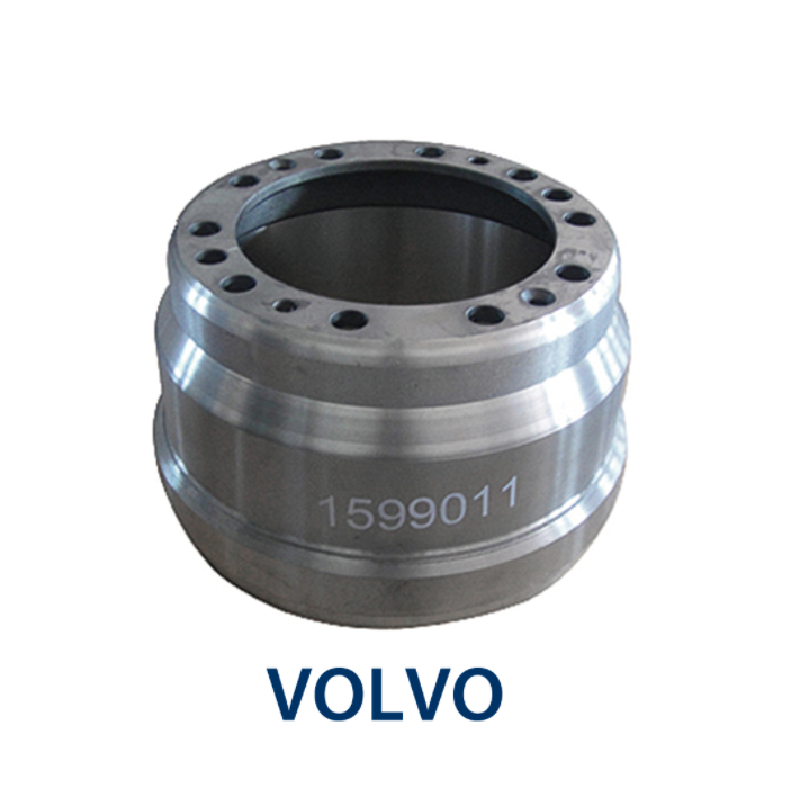Sep . 23, 2024 18:17 Back to list
Comparison of Brake Drums and Rotors Performance and Maintenance Considerations
Brake Drums vs. Rotors Understanding Your Vehicle's Stopping Power
When it comes to vehicle braking systems, understanding the differences between brake drums and rotors is essential for any car owner or enthusiast. Both components play a crucial role in slowing down or stopping the vehicle, but they operate in distinct ways and come with their own advantages and disadvantages. Knowing these differences can help you make informed decisions regarding maintenance, performance upgrades, and even purchasing a vehicle.
What Are Brake Drums and Rotors?
Brake drums and rotors are integral elements of a vehicle's braking system. Brake drums are typically found in older cars and light trucks, while rotors are more commonly used in modern vehicles, particularly those designed for higher performance.
- Brake Drums These are cylindrical components made of cast iron or other materials that encase the brake shoes. When the brake pedal is pressed, hydraulic pressure forces the brake shoes against the inner surface of the drum, creating friction and slowing down the vehicle. This system is often referred to as drum brakes and is commonly found in the rear brakes of many vehicles.
- Brake Rotors Also known as discs, rotors are flat, circular metal discs that work alongside brake calipers and pads. When the brake pedal is engaged, the calipers squeeze the brake pads against the rotor, generating friction to decelerate the vehicle. This disc brake system is prevalent in the front brakes of most modern vehicles due to its efficiency and reliability.
Performance Differences
The performance of brake drums and rotors can vary significantly
. Generally, disc brakes (rotors) offer superior performance compared to drum brakes in several key areas1. Heat Dissipation Disc brakes have a better ability to dissipate heat due to their design and exposure to airflow. This makes them less prone to fading, a condition where the brakes lose effectiveness due to overheating, which can be crucial in high-performance or heavy-duty applications.
brake drums vs rotors

2. Stopping Power Disc brakes typically provide more stopping power than drum brakes. This is partly due to the fact that rotors can be designed with larger diameters, allowing for more surface area for heat dissipation and friction.
3. Wet Performance Brake rotors tend to perform better in wet conditions. Water can create a slippery surface on brake drums, leading to decreased braking effectiveness, while rotors dry out more quickly after wet conditions.
4. Maintenance and Replacement While both systems require maintenance, drum brakes can be more cumbersome to service. Replacing brake shoes involves removing the entire drum, while rotors can often be replaced with only the caliper removed, making the job less time-consuming.
Advantages and Disadvantages
Both brake systems have their own sets of advantages and disadvantages
- Brake Drums - Advantages Generally cheaper to manufacture and can provide adequate stopping power for lighter vehicles or those used in low-speed environments. They also tend to have a higher tolerance for load, making them suitable for heavy-duty trucks. - Disadvantages Prone to overheating and fading, less effective in wet conditions, and require more maintenance.
- Brake Rotors - Advantages Better heat dissipation and performance, superior stopping power, quicker drying after wet conditions, and easier to maintain and replace. - Disadvantages Generally more expensive to produce and replace, particularly in high-performance applications.
Conclusion
In conclusion, both brake drums and rotors have their place within the automotive world. Understanding the differences between these two components can greatly aid in choosing the right vehicle for your needs, determining suitable upgrades, or maintaining your current vehicle. For those prioritizing performance, reliability, and ease of maintenance, disc brakes (rotors) are often the preferred choice. On the other hand, for lighter vehicles or applications where budget constraints are a primary concern, brake drums remain a viable option. Regardless of the type, ensuring that your braking system is in optimal condition is imperative for safety on the road.
-
Durable Brake Drum MAZ for Heavy Duty Trucks | High Performance
NewsAug.26,2025
-
FUWA: Premium Quality, Reliable Performance & Innovative Solutions
NewsAug.25,2025
-
Liza Brake Drum: Superior Quality & Performance for Safe Driving
NewsAug.24,2025
-
Iveco Brake Drum | Premium OE Quality for Daily & Eurocargo
NewsAug.22,2025
-
Your Brake Drum Man: Quality & Performance Parts
NewsAug.21,2025
-
Explore Japan: Ultimate Travel Guide & Authentic Experiences
NewsAug.19,2025
